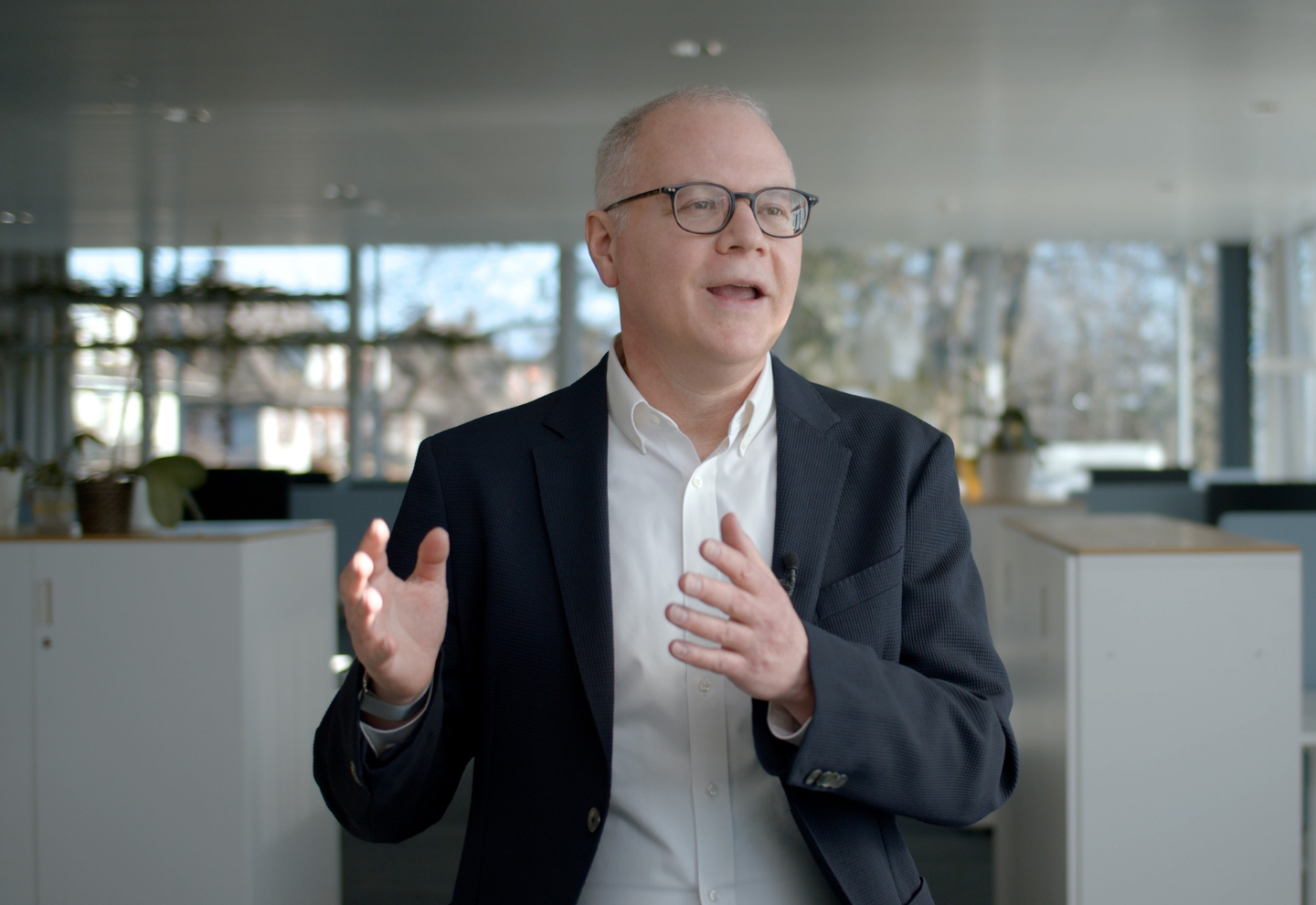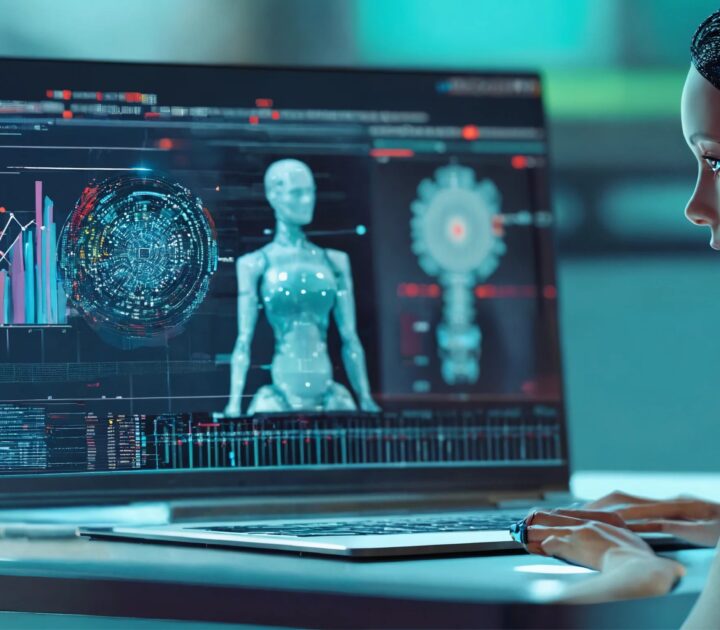Dynamically designed around human connection, the hybrid office is the workplace your team needs
Our working environments have shifted overwhelmingly to being home-based thanks to pandemic restrictions, and for many organizations there seems to be no going back. However, far from being obsolete, the office is a valuable space that stimulates collaborative dynamism, innovative thinking and problem solving potential. Revitalizing the space to amplify these features is key to teambuilding and inter-organizational exchange in the post-pandemic landscape and the hybrid office does exactly that.
Remote working has allowed a prolonged scrutiny of the vital processes that an office space enables. Our research has found that most companies were favourably surprised by the seamless transition their teams made from office-based to home-based work during the pandemic. However, while their initial fears of a drop in productivity were unfounded, over time, less obvious issues, such as the significance of informal exchanges, came to be understood – and mourned.
While individual work and meetings could shift online without too much disruption, the less formal interactions that office spaces allow were more challenging to transfer to the virtual setting. That spontaneous chat by the coffee machine or the chance meeting that occurred between scheduled appointments, we found, was far more significant than previously considered.
Far from being extraneous to organizational success, our research revealed that informal, spontaneous moments of connection allowed colleagues to exchange a significant volume of work-related information. Though often dismissed as ‘time-wasting’, these moments involved informal but valuable learning and even prompted problem solving and innovative collaboration. Therefore, these ‘serendipitous moments’ in an organization’s daily life were found to bind it together and drive it forward.
With that in mind and looking beyond the pandemic restrictions, organizations must now ask how the office must change to facilitate more of these serendipitous moments. With increasing numbers of the team electing to work remotely on a regular basis, clearly the layout has to change but how could the office of tomorrow provide both sanctuary and stimulation for thought, productivity and collaboration?
We identified three ways that together could create the hybrid office of the post-pandemic world. The hybrid office is one that provides space for human moments; where spontaneous relational exchange is encouraged as the ground from which collaboration and innovation springs. It is also the space where close collaborative work can occur and where individual efforts towards common goals can happen.

The hybrid office is the future
- Designed around ‘human moments’. Collegiate exchange is valuable for the support it provides and the work it can fuel. Therefore, a space that is designed to actively encourage reconnection and collaboration is vital. The International Olympic Committee’s (IOC) headquarters in Lausanne, Switzerland is an exemplar of the way in which the absence of structural constraints allow the space to be adapted to suit the changing needs of its inhabitants.
- Intended to encourage collaboration. A disparately located team must feel inspired and incentivized to come back to the office. Therefore, we must rethink our way of managing people in the office. Rather than frowning upon spontaneous discussion, the office and its leadership team must actively encourage and model it as the fuel that drives positive endeavors. The collaboration may well occur online but the free-flowing discussion that sparks it can only happen in the office.
- Assisted by technology. Artificial Intelligence (AI) can assist in planning the hybrid office by identifying the way in which the space is used. Pinpointing where individual work happens and where people seem to gather for one-to-one or small-group conversations can help to modify flow to these spaces. Remember, these spontaneous chats can be conducive to discussions that gel the team, spark collaborations or problem solve.
The collaborative dynamism the office provides cannot be replicated online but it can be amplified in situ. By repurposing an office space to reflect the significant shift that has occurred in our working lives, successful organizations will signal their readiness to adapt and effectively transform the office building from workplace to exchange space; a crucible where relationships, ideas, plans and productivity are strengthened and set forth.
John Weeks, is Professor of Leadership at IMD. Mahwesh Khan, is a Research Associate at IMD.
Read more about IMD’s research into unlocking corporate purpose published in the latest HBR edition here.
Research Information & Knowledge Hub for additional information on IMD publications
IMD produces a yearly Smart City Index offering a balanced focus on economic and technological aspects of smart cities on the one hand, and “humane...
in I by IMD 16 April 2024
Research Information & Knowledge Hub for additional information on IMD publications
IMD World Competitiveness Center Report, 8 April 2024
Research Information & Knowledge Hub for additional information on IMD publications
in I by IMD 3 April 2024
Research Information & Knowledge Hub for additional information on IMD publications
in I by IMD Magazine March 2024, no. 13, pp. 10-11
Research Information & Knowledge Hub for additional information on IMD publications
Research Information & Knowledge Hub for additional information on IMD publications
in I by IMD Magazine March 2024, no. 13, pp. 6-12
Research Information & Knowledge Hub for additional information on IMD publications
in I by IMD Magazine March 2024, no. 13, pp. 36-39
Research Information & Knowledge Hub for additional information on IMD publications
in I by IMD Magazine March 2024, no. 13, pp. 28-29
Research Information & Knowledge Hub for additional information on IMD publications
Research Information & Knowledge Hub for additional information on IMD publications
Research Information & Knowledge Hub for additional information on IMD publications








